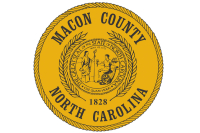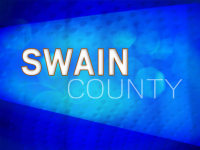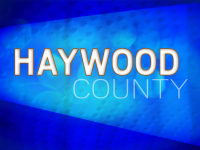Marking Easter with a community of three
Afterwards, we loaded into the car and drove to my mother’s brother’s house, where we hunted for eggs (plastic this time) alongside my cousins. Their family was Catholic, which is how my mother was raised and I was baptized, and Easter was their big day.
I couldn’t feel in myself the joy they felt, and it made me sad.
I think I really first learned the true meaning of Easter on the Pine Ridge Indian Reservation, where I was a school teacher for two years and tried very hard to learn the traditional religion of the Oglala Lakota. The ikce wicasa tawolakota (way of the common man) is a system of thought and ritual that centers on the wiwang wacipi (sundance) ceremony. Watching the men tie their souls to a slender, green cottonwood tree and renew their covenant with God (wakan tanka) and the people (oyate) over four days under the blazing, prairie sun, I began to see the connection between suffering and joy. But I also began to feel inside me the confirmation of a theological principle that was naturally a part of me. The love of light.
In many ways, as misguided as it may sound, it was the desire to reconcile the dissonance between my Episcopalian youth and my Lakota rebirth that drove me to divinity school at the age of 28. I was, ostensibly, intent on becoming a priest, but I recognize now I was desperate to hammer out how a “pagan” belief system had become the root of my Christian experience.
I never worked it out. I did learn Greek and have a brief theological love affair with the early church fathers (Gregory of Nazianzus was my favorite). For two Easters in a row I would wake up at 3 a.m. and ride my bike to the Society of St. John the Evangelist, where I would sit through the Easter vigil, sing the litany, light the candle, celebrate mass and the baptism, and leave feeling wholly renewed.
In part those services meant so much to me because of my close friendship with Brother John Mathis, an octogenarian monk who became my spiritual director. It was his happy day too, and I remember the gleeful look on his face when he would exchange the archaic Easter greeting that was, in some ways, like a secret code.
“Alleluia,” he would say. “He is risen.”
And then the response.
“He is risen indeed.”
Needless to say I did not become a priest. Instead, I wrote a graduate thesis on the Trinitarian allegory of the science of photosynthesis. My desire to translate my experience on the Rez into the Christian vernacular had resulted in an obscure piece of rhetorical theology focused on the power of light.
After divinity school, I kept moving. At 35, I have lived in D.C., New Jersey, New York City, Pine Ridge, South Dakota, Boston, Eugene, Chicago, Rhinelander, and now Sylva. I have tried to go back to church in various places but it never works. I feel most at home, closest to God, in nature.
Church is about community, they say. Ekklesia, the Greek word, means as much –– gathering. But when you’re new in town, you fill out a card, and for weeks well-meaning people greet you and try to figure out how such a nice young man can be so distant. And then at some point, you both give up.
In part, the distance those kind folks feel in me is the result of pain. I have lost two close friends to spiritual rifts. One a Pole who grew up Communist and found a home in American Presbyterianism as a cab driver in New York City; the other a Californian who upgraded his evangelical Presbyterian youth in Orange County to a spot in the Anglican Diocese of Uganda (still in California). What twisted webs we all weave in the name of understanding.
I reject their notions of Calvinist orthodoxy, their belief that in the human will lies the basic decision between good and evil. Kierkegaard’s Either/Or. And their belief that you HAVE to be Christian to be saved.
They reject my syncretic belief system, my failure to fall at the foot of the cross. Anyhow, try hooking horns on that debate at coffee hour. I’ve tried to fit in, and I give up.
This year, on Good Friday, I went to the store to buy plants for the yard. I saw the Episcopal priest there, buying Easter lilies. On Sunday, Bethany and I woke up and sat in the sun. We watched our neighbors walk to church. Then we drove to Pinnacle Park and walked up the mountain.
We saw no one, but the three of us, Bethany, Lena and me, were one community. On the way back down, I stripped down to my birthday suit and submerged myself in a deep, cold pool. The baptism.
And in the evening, I could see the wide smile on Brother John’s face in my mind’s eye.
He is risen, Brother John.
He is risen indeed.
(Giles Morris is a staff writer at The Smoky Mountain News. He can be reached at This email address is being protected from spambots. You need JavaScript enabled to view it..)









